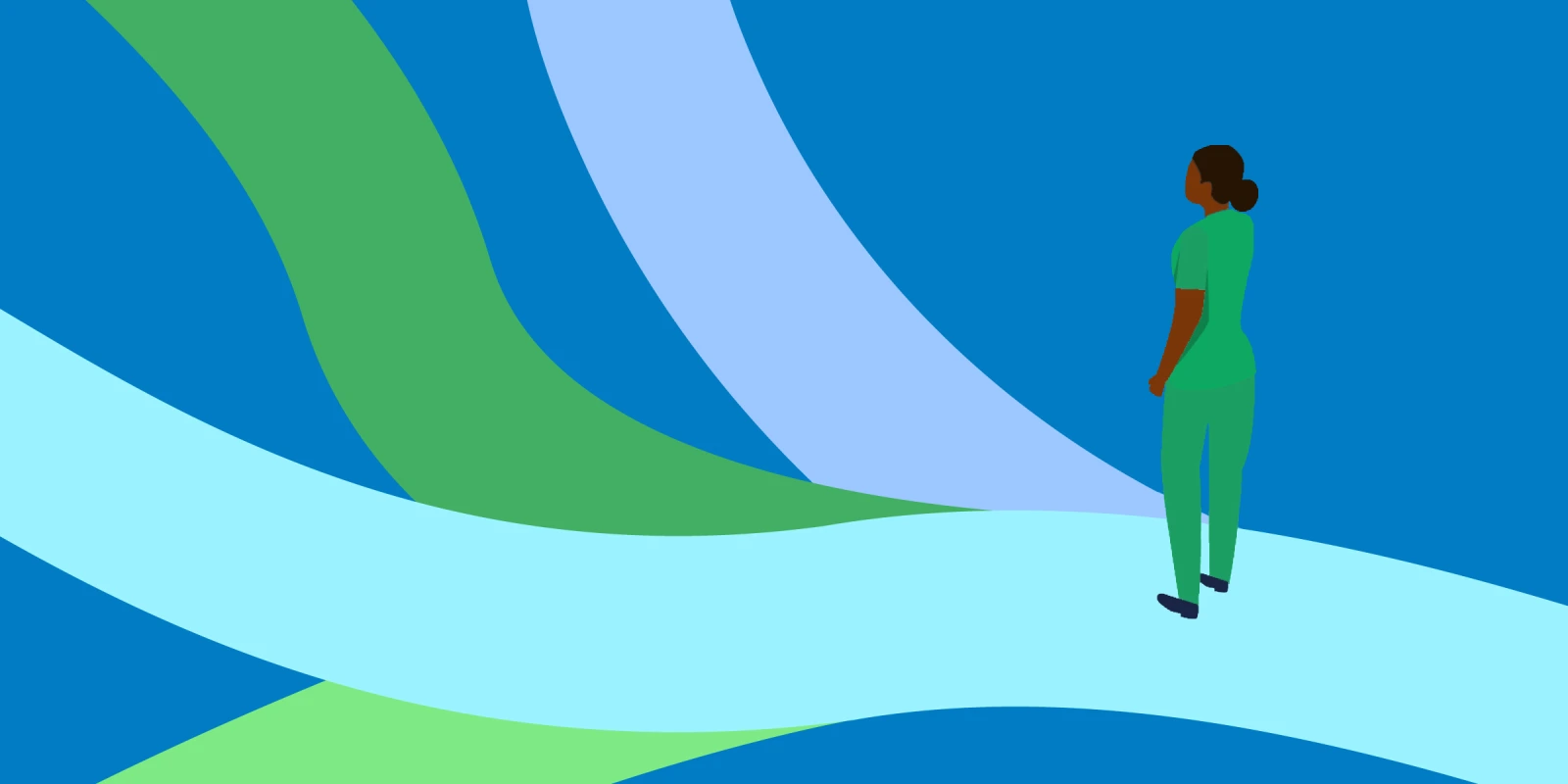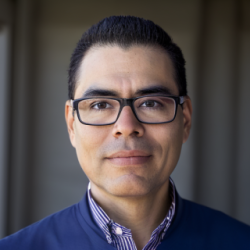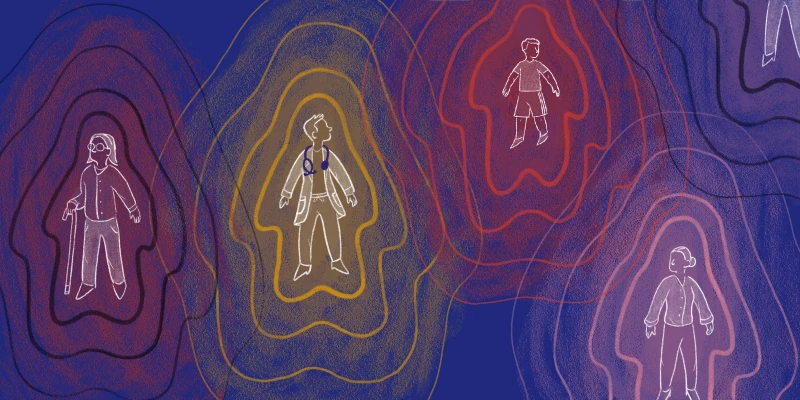Moving is a pain. Endless boxes, fervent packing and unpacking, the recognition that your tendency to save items may be approaching sub-clinical hoarding disorder. The process seems never-ending.
Earlier this year I had the misfortune of moving. It was just as mind-numbing and laborious as I imagined. But through these most unlikely circumstances, I had what can only be described as an epiphany.
It happened around midday at the new house. I use the word “new” here somewhat sarcastically. The house was actually quite old, with walls the color of bile. I was spending the day painting over said bile-colored walls to bring new life to this house that was now my own.
To distract myself, I switched on a podcast. I selected “The Painful and Beautiful Life of Frida Kahlo.” The podcast was not engaging at first but provided the background entertainment I needed as I toiled away.
The paint roller cruised over the uneven walls slowly as I half-listened. Frida was born into a large Mexican-German family. She was a headstrong, intelligent, and creative child with a supportive father who encouraged her to follow her dreams. Most interestingly, she had dreams of becoming a doctor and was planning to apply to medical school when an unfortunate bus accident left her bedridden. It was only then, at the age of 18 with her dreams of becoming a doctor shattered, that she began to paint as a means of coping with months of oppressive boredom and depression. The influence of her early interest in medicine can be seen in several of her works, where the anatomical accuracy is striking.
It’s hard to say if it was the paint fumes, or the strange parallels between Frida and myself, but suddenly I was engrossed. My personal narrative had a number of similarities to the story that echoed through my headphones, from the Latina heritage to the passion for art and community.
The podcast ended all too soon, and I decided to take a break. As I sat on the cold hardwood, the implications of what I had learned buzzed in my head. One of the most talented female artists of the last 100 years was almost a doctor?
Almost.
Many vital lessons from this story were immediately clear, like the importance of acceptance, practice, and determination. But beyond that, buried deep within Frida’s story, something more salient slowly came into focus.
Had Frida been a doctor and not a painter, the world of art, literature, and human rights would not be as it is today. Had Frida done what she planned and not changed direction in response to her lived experiences, however unfortunate, the progress she made for women in art would be naught. Had she done what she intended, she would never have found what made her singular.
Mulling this over, I stood and began the next stage of my task: the trim. With a steady hand, I carefully dragged the bristles across each panel. The old, yellow wood became fresh and white as I reflected on how my own life experience has rerouted me.
For many years, I believed I would be a psychiatrist. Psychiatry seemed to be an amalgam of everything right about medicine: focus on the individual, longitudinal patient relationships, and the opportunity to help the underserved. I began my inpatient psych rotation with eagerness, only to have it quickly turn to dread. The emotional toll felt backbreaking. I arrived home early in the afternoon only to sleep the day away, unable to bear the weight of the patient stories from the hospital. The fundamental tenets of the field I held with such reverence were wholly unable to ease the burden of clinical practice. By the end, I found myself face-to-face with the realization that I was simply not capable of this work.
Following this realization, I wandered confused and aimless through several clinical rotations. But then … I entered the OR for the first time. What I thought would be an experience wrought with boredom and disgust turned out to be exhilarating and energizing. The days were long, but I was unbothered. Initially, I was in denial. I could never be a surgeon. Core components of my personality — creativity, love for my community, and passion for service — were not features of surgeons. And while I have since learned this is untrue, my upbringing in rural North Carolina had not afforded me much time with surgeons. At that time, surgery felt antithetical to who I was.
But a mere week into my rotation, when the chief resident pulled me aside to laud my performance and urge me to consider a career in surgery, a seed was planted. Through the late nights learning surgical knots, painstaking suturing practice, and endless anatomy review that followed, that seed grew. My eyes were heavy by the end of the rotation, but I could see it clearly. I wanted to be a surgeon. There was nothing else in medicine I could do.
The parallels between Frida’s story and my own are deep. Two young women, fearless in pursuit of what they perceived to be their calling, only to be forcibly redirected to a path they never anticipated.
By no stretch of the imagination do I expect I will inspire the world and move mountains in my future career in the way Frida did. But by paying close attention to my strengths and weaknesses and recalibrating my trajectory accordingly, I believe I have positioned myself to contribute what only I can to this world.
Back in the house, now sweaty and covered in paint, I found myself nearly finished. I stood on my toes and swiped paint over the last piece of trim. For a reason I cannot describe, that final drag of the brush felt like triumph.
Finished, I gazed upon the wall with pride. It was no “What the Water Gave Me,” but it would do.
Has your path in medicine been a linear one, or have there been unexpected twists and turns? Share your experience in the comments.
Victoria Fonseca is a fourth-year medical student at The University of North Carolina at Chapel Hill. She is interested in pursuing a career in otolaryngology with a focus on craniofacial care. Twitter: vic_fons123
Image by z_wei / Getty Images






